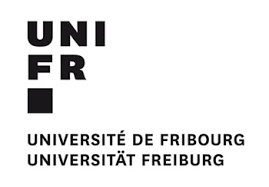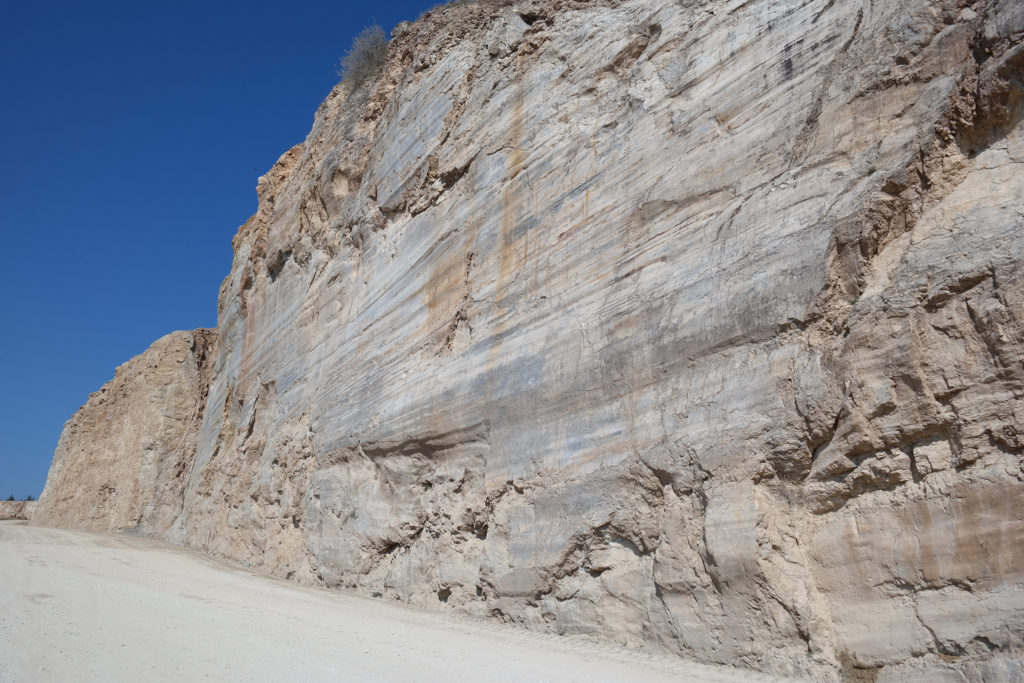


The objective of this research project will be to delineate the 3D mechanical anatomy of the Pontarlier Fault System (PFS) and to determine the strength of diverse fault components (damage zones, conjugate fault, stress anisitropy). To address this problem it is required to develop geological-tectonic models that include geo-mechanical attributes at relevant scales. This comprises the investigation of links between the diverse fault zone components and orientations and their strength or other mechanical attributes with a special emphasis on the directional and structural anisotropy of the existing fault systems. The PFS is in this respect a unique natural laboratory. However, the state of stress and its criticality are badly known in complex fault systems such as the Pontarlier strike-slip fault system, and constraining or quantifying the proximity to failure is essential for mechanistic assessments of risk, hazards, and deep heat extraction projects viability.
We integrate a suite of field work, especially since the fault is exposed in exceptionally spectacular outcrops, and numerical (mechanical) modeling to address essential and still unanswered questions:
- How are the fault anatomy and the kinematics evolving over time and how are they influenced by stress and fluids?
- How do fault properties scale to fault anatomy?
- What is the state of stress in the investigation area and how are stress and strain partitioned along major strike-slip fault strings?
- What is the 3D paleostress field around the fault system and how is it affected by tectonic anisotropy and individual fault geometry?
For fieldwork we can rely on detailed geological maps and our investigations will focus on a classic analysis of structures and of fault-striation pairs combined with the spatial analysis of stylolithes and veins systems to determine paleostress states. This data will be used to assess the stability of faults and fault segments in the current stress field using slip tendency type analyses. The data will be analysed using cutting edge software (Tetonics FP, Faultkin, Wintensor for paleostress analysis and MOVE and 3DStress for mechanical and stress analysis). Sensitivity analyses will be performed in order to quantify the influence of faults characteristics on the model results, in turn helping to define the most influential parameters. Our analysis will include mechanical modeling to determine the reliability of the proposed solutions. In addition we will combine the field data with a remote sensing approach based on digital elevation models and satellite imagery. Finally we will be able to obtain access and rely on information from existing seismic surveys in the southern part of the PFS, that will be used to constrain the 3D geometry of the fault system at depth.
